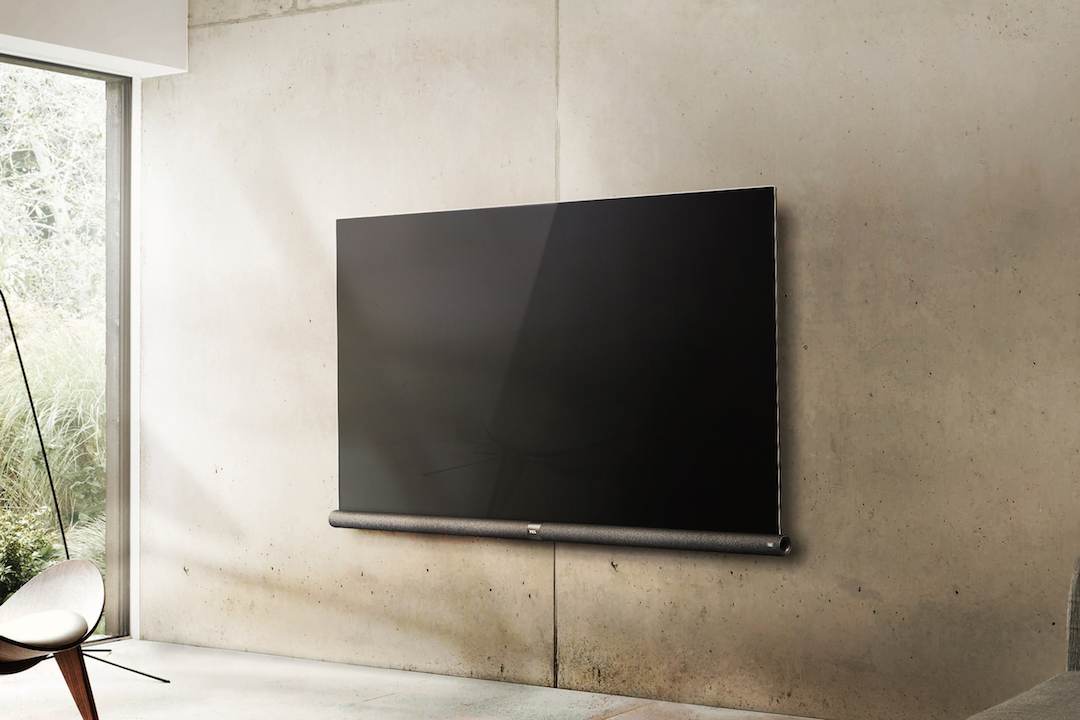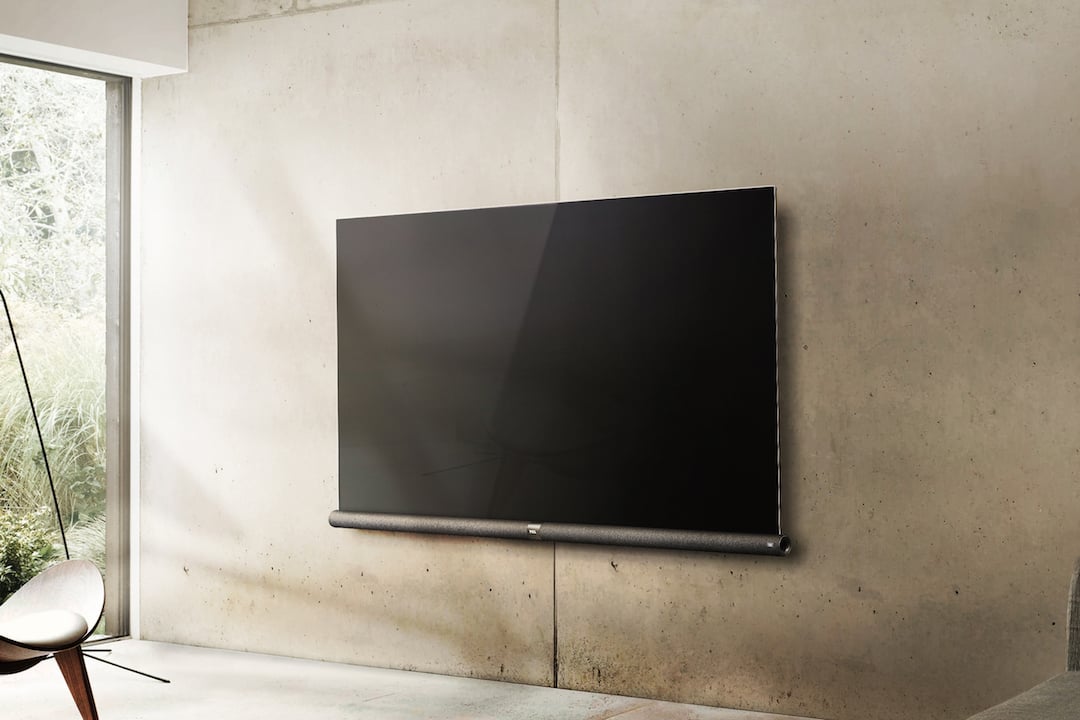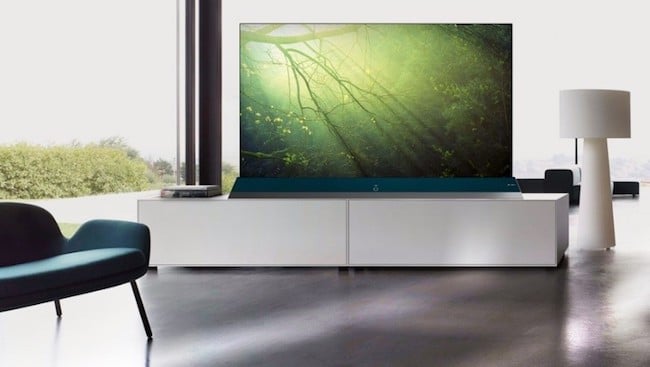
 TCL's new C748: a lot of 65-inch 4K HDR TV for £999
TCL's new C748: a lot of 65-inch 4K HDR TV for £999
It doesn’t matter whether you’re an enthusiastic proponent of 8K or think it’s the white elephant in the room, the R&D push towards it is resulting in cheaper and better 4K options.
We’ve stated our position on 8K officially before, and anyone who visits the site on a regular basis will know that we’re enthusiastic proponents for the next push in resolutions. This, of course, is not a universal position: there are plenty of people at all levels in the industry who either flat out refuse to believe it will ever take off in the mass market or who see it as an unwelcome distraction while the 4K upgrades roll out.
However, we’re seeing increasing evidence that the push towards 8K is actually helping in the 4K field. And nowhere is this more obvious than in the turbulent world of consumer TV sets.
We got sent a press release recently about a new high-end 4K series of sets from China’s giant TCL Electronics. The 4K C748 series is a 4K HDR smart TV set (HDR10 and HLG) with Dolby Audio, DTS, and a JBL sound bar. It’s a nice spec. But it’s the price that really knocks you back, the set shipping at a RRP of £699 for the 55-inch model and £999 for the 65-inch (which, given the vagaries of international exchange rates and trade, we expect will be a direct dollar conversion to $699 and $999).
Of course, this isn’t the first series of 4K HDR sets that the company has made and pitched at that magic $999 pricepoint. Indeed, its current 6-series is considered by many to be one of the best 4K HDR sets you can buy for around $1000. What is interesting is that the company feels able to continually push innovation and features on new models — not to mention a new design sensibility, there is a pleasing amount of aluminium involved in this edgeless display — and bring them to the market at the same price as the previous generation.
This is a lot of 65-inch television for the money.
TCL isn’t a minnow. It might be a relatively new name compared to some of the more established brands, but its own figures say that it’s the third largest TV manufacturer in the world, selling 20 million plus sets in 2017 and investing around $20 billion in a state of the art production facility. It also showed its first QLED 8K sets at IFA (below), which are destined to ship sometime next year at an as yet undecided pricepoint.

And it’s this progress onwards towards 8K that is lighting the blue touch paper under 4K development. While the concept of trickle-down economics has been largely discredited, societies being rather a lot more complex in terms of their interactions than economists like to assume, within companies and even within individual industries it is a valid concept. The R&D work involved in bringing 8K to market encompasses not just the 8K itself but a host of other television-related technologies that are being considered necessary to make the sets even more attractive to consumers. Companies can than decide whether to keep them for the nascent 8K market or spin them out into the ramping 4K production, which in turn is starting to provide the economies of scale to further drive R&D as production costs fall.
As long as demand is growing, and there’s no reason to see why that won’t continue, it’s one of those rare things: a genuine virtuous circle.
8K has its critics, but it is playing a significant part in ensuring that you can now buy a top-spec 4K TV set for around a quarter of the price of two years ago. And, what’s more, while the market for broadcast equipment and cameras is less fevered than for consumer TVs, hopefully we will start to see the same sort of pattern emerge and 8K development start to push down 4K prices across the board. Maybe even as soon as IBC.
Tags: Technology


Comments